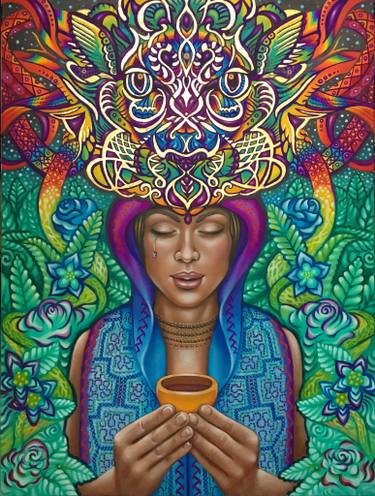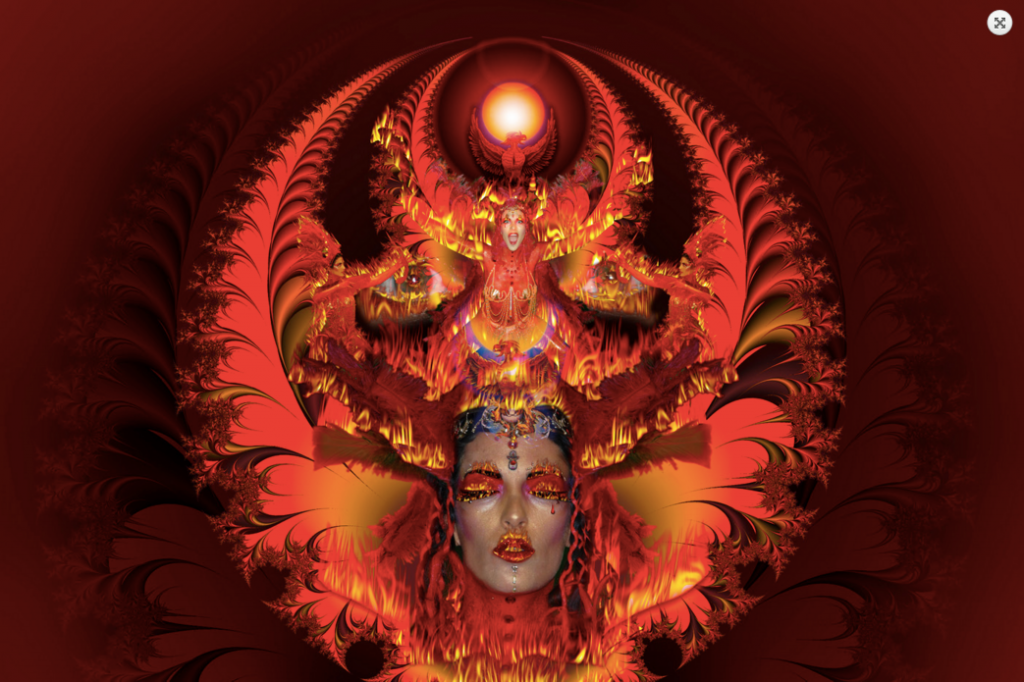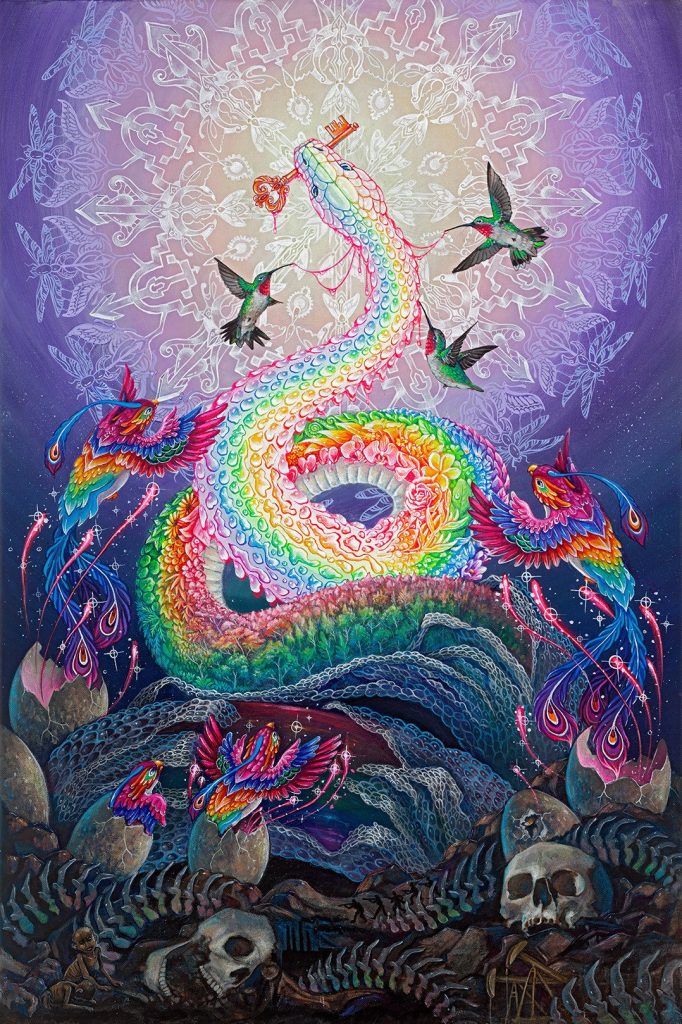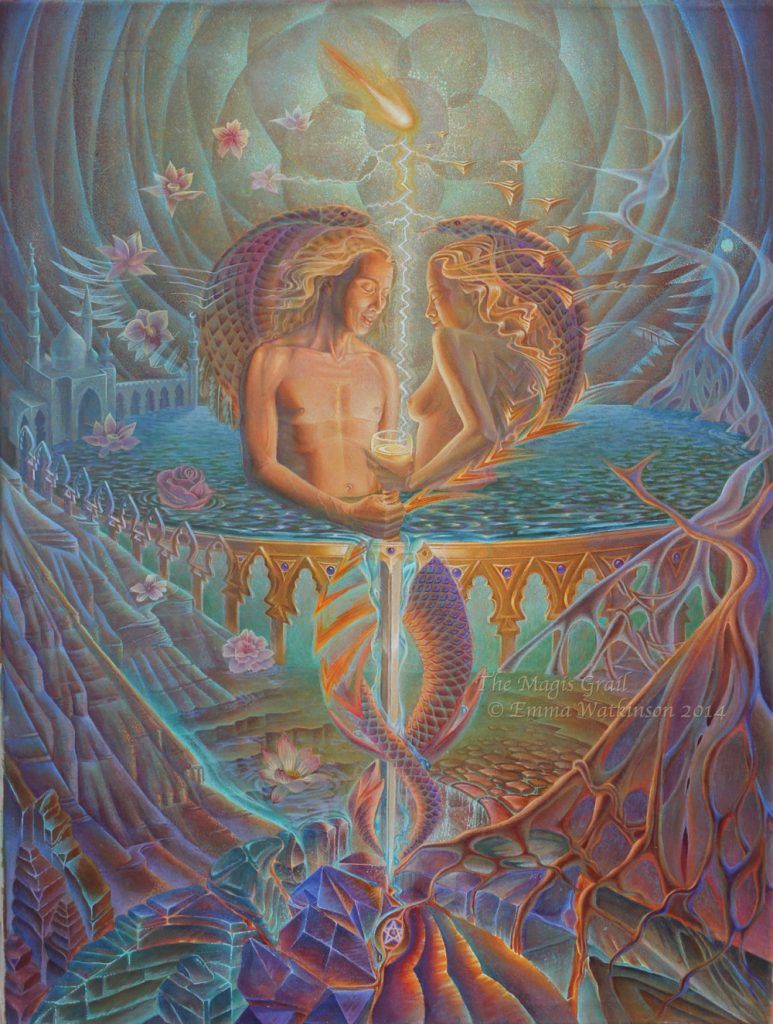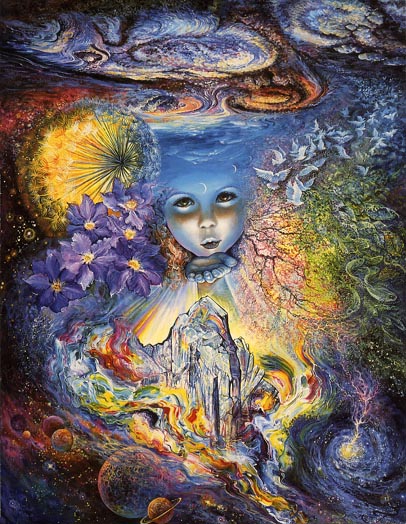For our book Women of Visionary Art, which was recently published by Inner Traditions, we interviewed 18 brilliant and extraordinarily talented female painters about how visionary experiences inspired and influenced their artwork. Here’s a sampling of selected quotes, and beautiful artwork, from the contributors to the book.
***
“Visual art that is reminiscent of the types of perceptual changes that visionary experiences (from psychedelics, as well as from other shamanic, mystical, or altered states of consciousness) create in our view of the world, and the incredible visions that one sees with closed eyes during such an experience—continuously morphing, twisting, multiplying, and sometimes three-dimensional imagery, with complex, intricately detailed, brightly hued, geometrically organized patterning that is often suffused with personal meaning—is commonly referred to as Psychedelic art, and the modern Visionary art movement has been strongly influenced by it’s connection to this unusually innovative art community.”
–David Jay Brown, Introduction
“The focus on women artists in this collection of interviews is important to me for a number of reasons. Being born in a woman’s form, and being an artist myself, I’m acutely aware of the lack of equality in this world. I feel strongly about helping to build a more powerful feminine voice on this planet— not only because women’s rights have been suppressed throughout history, and not only because, to this day, women don’t earn equal pay for their work as compared to men, but also because eccentric, creative, and psychedelic women have actually been persecuted throughout history. Women herbalists, healers, mystics, shamans, and diviners were ruthlessly tortured and slaughtered for hundreds of years.”
–Rebecca Ann Hill, Preface
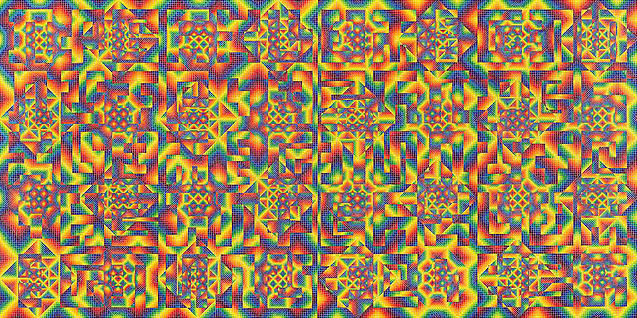
www.allysongrey.com
Excerpt from interview with Allyson Grey:
Rebecca: How have your psychedelic experiences influenced your creative work and spiritual perspective?
Allyson: Psychedelics have helped me remember what I always knew—that having a creative life is a risk worth taking. Whatever the struggle, creativity is an attractor channeled from the Divine as an invisible thought, manifested as an artifact. Denying or suppressing our creative urge can be a health factor, like not exercising. A life without a creative path is unacceptable.
https://www.burgandyviscosi.com
https://pennyslinger.com
Excerpt from interview with Penny Slinger:
David: Do you ever feel like you’re receiving invisible guidance with your creative work, or that invisible entities or forces are playing a role in your creative process?
Penny: Oh yes, and without that, where would we be? What I see in my mind’s eye, and all that I receive, just feels divinely gifted all the time. It’s such a rich landscape of other worlds and other realities, and so I wonder, where are the limits of self? What is self? Is it little self ~ this little body here? Or is the little self connected to a much vaster Self? And then, in that vaster Self, all information is there, in that immortal being that we are part of. It’s like saying the Goddess is so vast, and yet if we understand that we are a part of Her then we have that ability to be the whole as well as the part. It’s like a drop of water in the ocean.”
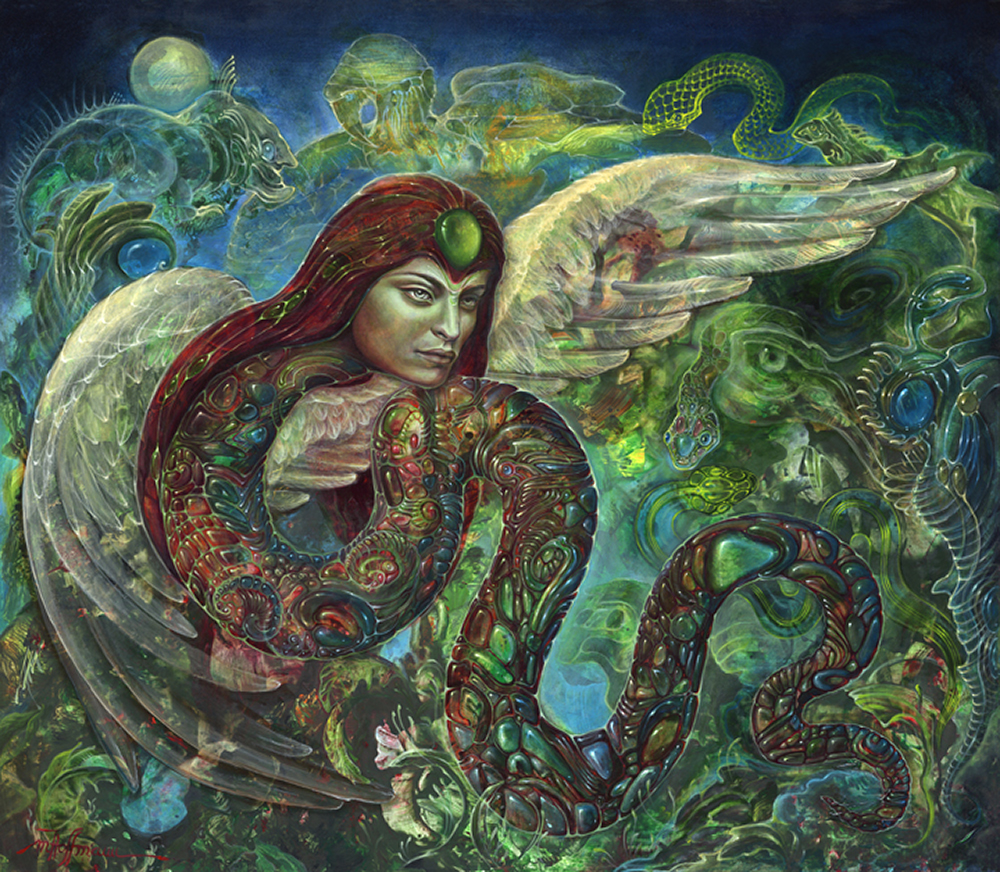
https://www.martinahoffmann.com/
Excerpt from interview with Martina Hoffmann:
David: What inspires the extraordinary imagery in your paintings?
Martina: Everything I experience and encounter daily will undoubtedly be reflected in my paintings–-my relationships, my surroundings, the world at large, anything really. Then there’s the larger picture of worlds and energies that go beyond the personal and consensus reality. I encounter these in my dreams, in the hypnogogic state, during mediation, in shamanic settings and while I paint — in short during expanded states of consciousness. They present themselves to me in the form of visuals, visions, messages and voices, and inspire me to represent them in my art. And as every one of us is mostly only capable of perceiving and expressing through our personal systems, I can only hope to be a good translator.
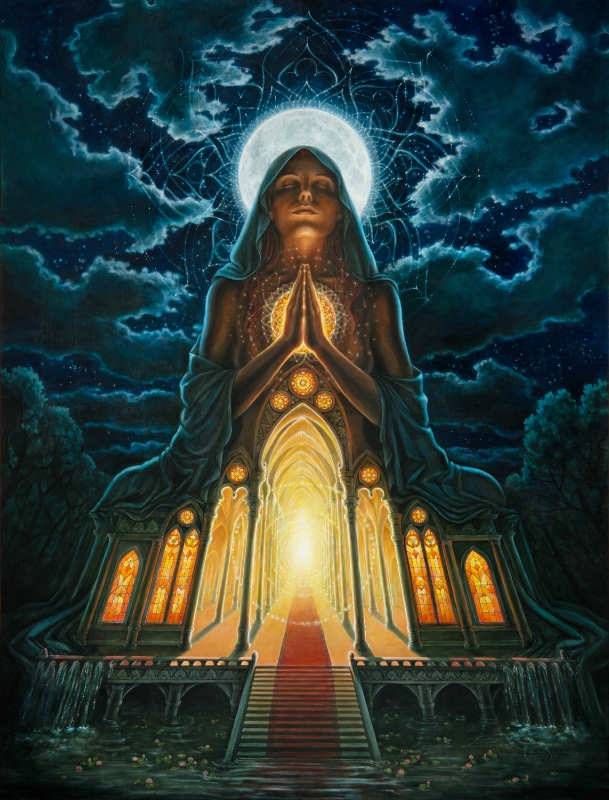
https://www.autumnskyeart.com
Excerpt from interview with Autumn Skye:
Rebecca: Could you speak a little about the connection that you see between painting and healing?
Autumn: I feel a deep stirring, a potent blossoming of creativity. It is all around us, more and more, in our own lives, in those of our family and community, and the collective experience. I trust in this fantastic and astounding journey, and am so excited to see where we collectively and individually navigate our destiny. I believe that it is our divine duty and our spiritual responsibility to create and to share inspiration, especially at this time of change. As we honor our personal creative paths we contribute vitally to the whole through our own well being, by inspiring those around us and encouraging them to create as well, and by manifesting visual mirrors to the light, potential, and divinity of each viewer.”
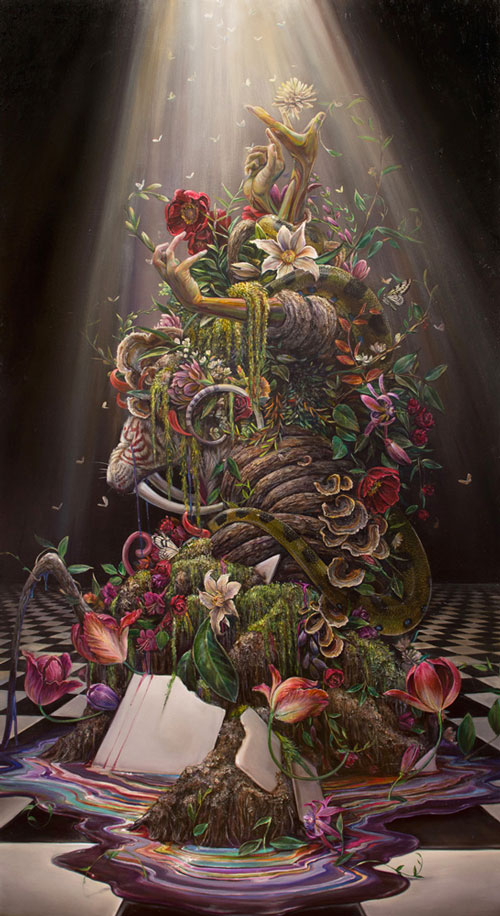
https://hannahyata.com
Excerpt from interview with Hannah Faith Yata:
David: How has politics, environmental degradation, and moral injustice influenced your artwork?
Hannah: Chaos really comes to mind when I think of all these things. In the end, I feel these topics evoke an idea of predator energy—energy that’s taking our autonomy and personal responsibility with politics, destroying the natural world with industry, and decimating any sense of natural law. The way I know how to process these topics is through art. Whether it’s old tribal stories I like to interweave with my paintings, or rebellion through dance and other expressions, I feel like there’s a churning of energy trying to break away from this predator energy.
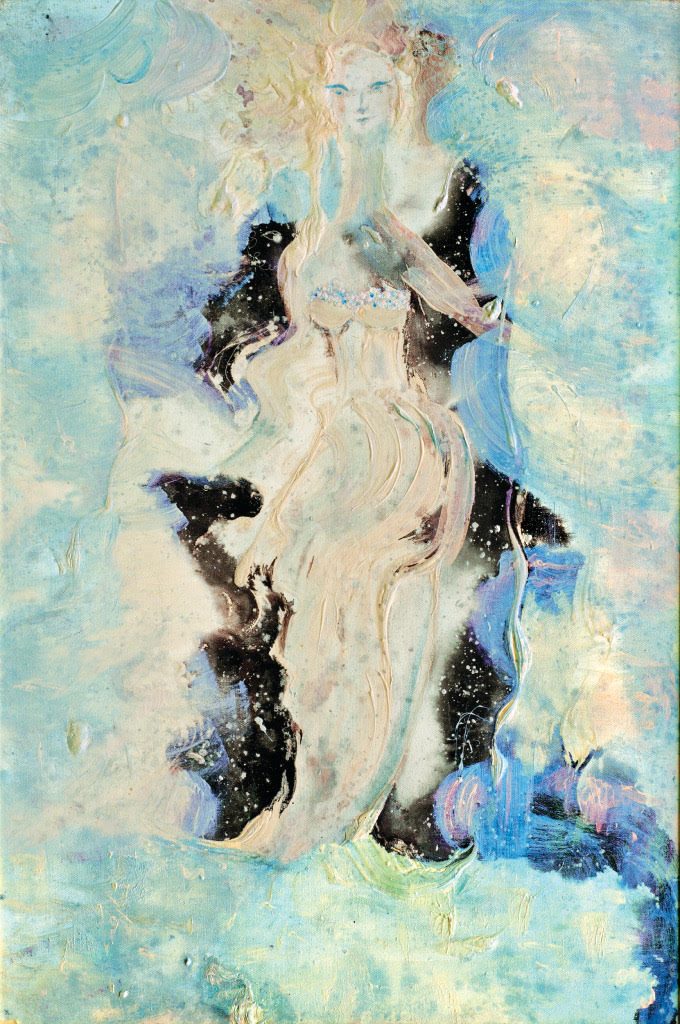
http://carolynmarykleefeld.com/
Excerpt from interview with Carolyn Mary Kleefeld:
David: Have dreams affected your creative work? If yes, how so?
Carolyn: Well, speaking of divination tools, I find that dreams can serve a similar purpose as messengers of our unconscious and the universal energies. As I expressed in my prose piece, The Father of Milk, “Dreams are gifts from the gods–confirmations and blessings, mystical atonements to be deciphered like hexagrams from the Cosmic Maestro. I haven’t been dreaming much lately, but some years ago, a favorite painting of mine, Galactic Femme, was directly inspired by a dream about my mother. For me, this painting expresses her unseen soul better than anything literal could. My symbolic paintings like to do that– express the invisible.
http://dreamstreamart.com
http://emanations.co.uk
Excerpt from interview Emma Watkinson:
David: How do you think that being a woman has influenced the type of artwork that you create?
Emma: Well, being a woman is all about creativity in partnership with the Earth. Its receptive, you learn to listen. It’s about flowing in cycles, or spirals of growth. Its intuitive, the wisdom of woman, like water. I listen for guidance, to spirit. I’m quite yang too though; I think I’m both. I’m active; enjoy a challenge, the sense of achievement. Using my head. I think these days we are at a stage of evolution where we all have to integrate both our masculine and feminine sides, be a complete being. Whole. I use a combination of both intelligence and intuition when I paint.”
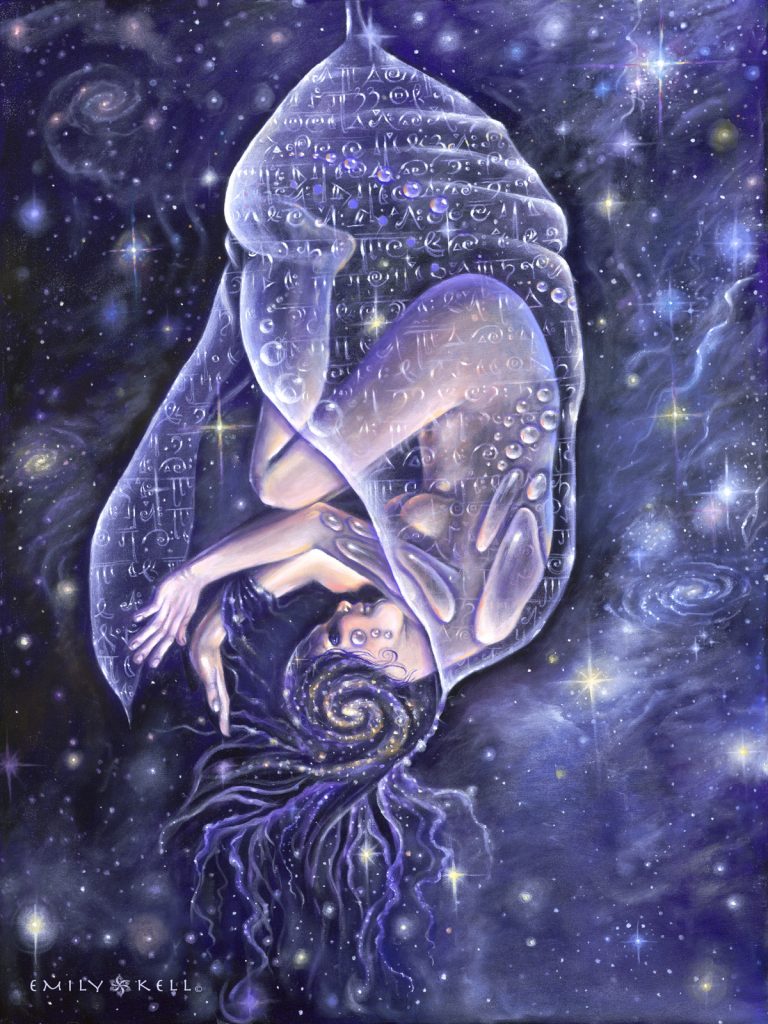
http://emilykell.com
Excerpt from interview with Emily Kell:
Rebecca: What is your perspective on the concept of God, and what role does spirituality play in your creative process?
Emily: God is another one of those words that carries incredible baggage for some people. But, I believe in reclaiming words and defining things for ourselves, and so to me, god is this inclusive all-encompassing energy that aids and guides us in our transformation. And we are not separate from it; it is us, and we are it. And on an earthly level, I believe we can see manifestations of god everywhere as nature and love. Spirituality is the root from which I create.
https://josephinewall.co.uk
https://noaknafo.com
Excerpt from interview with Noa Knafo:
Rebecca: What would you say is the primary message that you’re trying to express with your artwork?
Noa: The importance of spirituality, and the reality of other dimensions—in order to remind people that all this routine of life is not an issue, and there is other information in this world, which most people are normally not exposed to. Also, I emphasize the importance of our connection with nature, of course, as well as all this good energy that I have to share. This world is a very messy place, and it can be very hard sometimes. For me, it’s helpful to try and spread good energy, and to show people other ways of thinking—and maybe a deeper kind of thinking, and to share my spiritual insights with them.
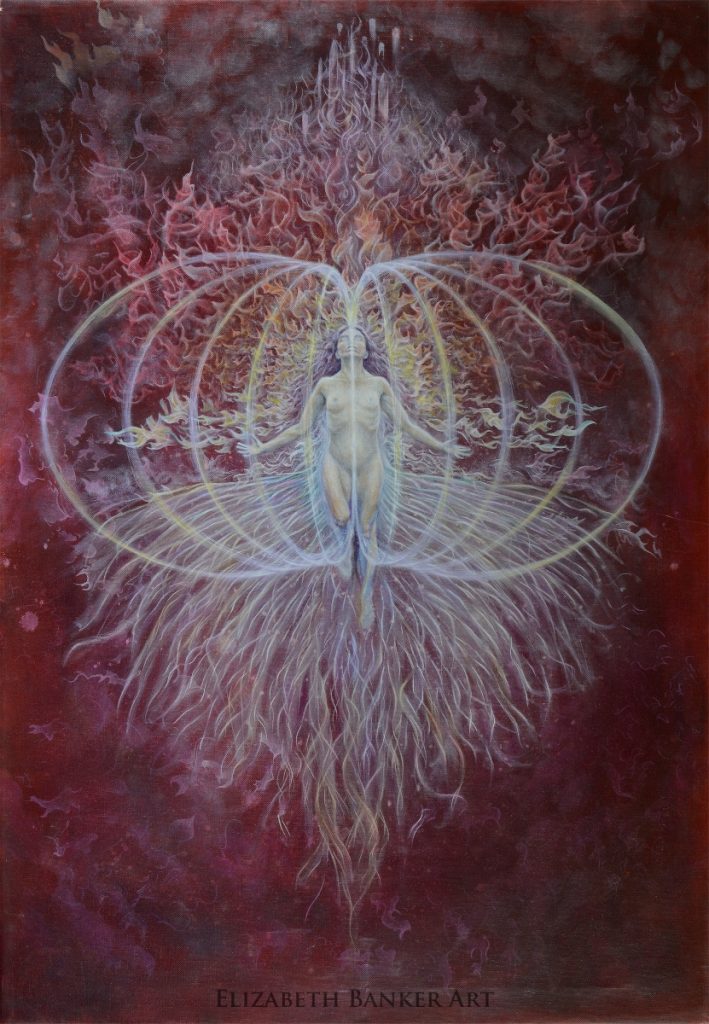
https://elizabethbankerart.com/
Excerpt from interview with Elizabeth Rosemary Banker:
David: How do personal and universal themes overlap in your work?
Elizabeth: My personal themes are universal themes as well because they are about existential inquiries into being human on an essential level, beyond personal individual identity. Through observing my mind in meditation practice I have noticed that beneath all the thoughts, there is a transcendent experience of being, a place where everything dissolves and all that remains is pure awareness. This is a personal experience that greatly informs my artwork, but I believe this is a common thread that connects all of humanity. Humanity in an incorporeal sense transcends individual identity.
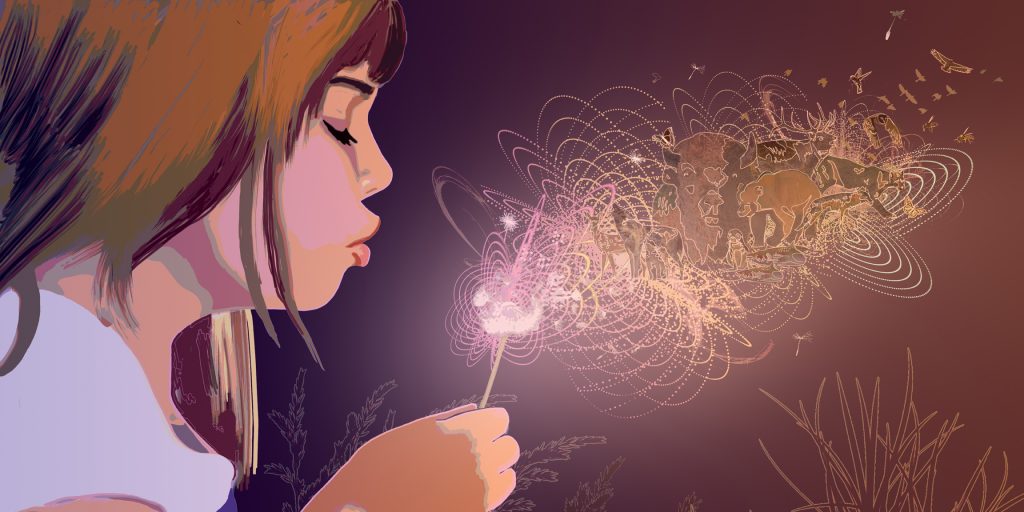
https://www.thirteentwentystudios.com
Excerpt from interview with Ashely Josephine Foreman:
Rebecca: You’ve said that painting has become a method for “hacking your inner firewall.” Can you describe what you mean by this?
Ashely: Through my creativity, I have learned to trust myself. I have learned that I am a powerful creator and that my work comes to good. I think of the “inner fire wall” is the part of ourselves that throws out incoming data if it doesn’t align with our core belief systems. It is basically the perceptual filters of the “false ego,” or the limited parameters of consciousness we believe in because of what we have been taught by our culture. So, when I say painting helped me hack it, I mean that it helped me start to open and receive more from my subconscious.
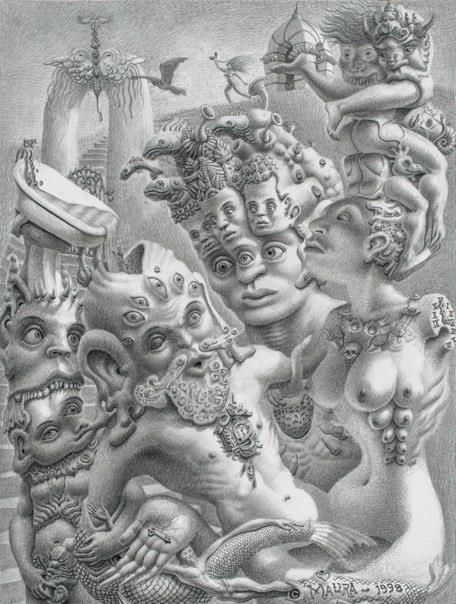
https://www.vagallery.com/maura-holden.html
Excerpt from interview with Maura Holden:
Rebecca: Have psychedelics or plant medicine experiences influenced your spiritual perspective?
Maura: Many know the heart-opening experiences of psychedelics, and know there are no words for the profundity of receiving grace and temporary enlightenment. It’s a transforming event. One experiences the ultimate levels of compassion, the highest levels of complexity and beauty… Rare and brief, a positive plant medicine experience can nevertheless inspire a permanent change in the life. I’ve meditated into my psychedelic experiences, revisiting them to try to see and experience them again. In doing this, I believe I’ve integrated something of their essence into my art and everyday life. I seem to perceive life more as energy and open possibility, and myself as a unique node of energy illuminating aspects of the whole.
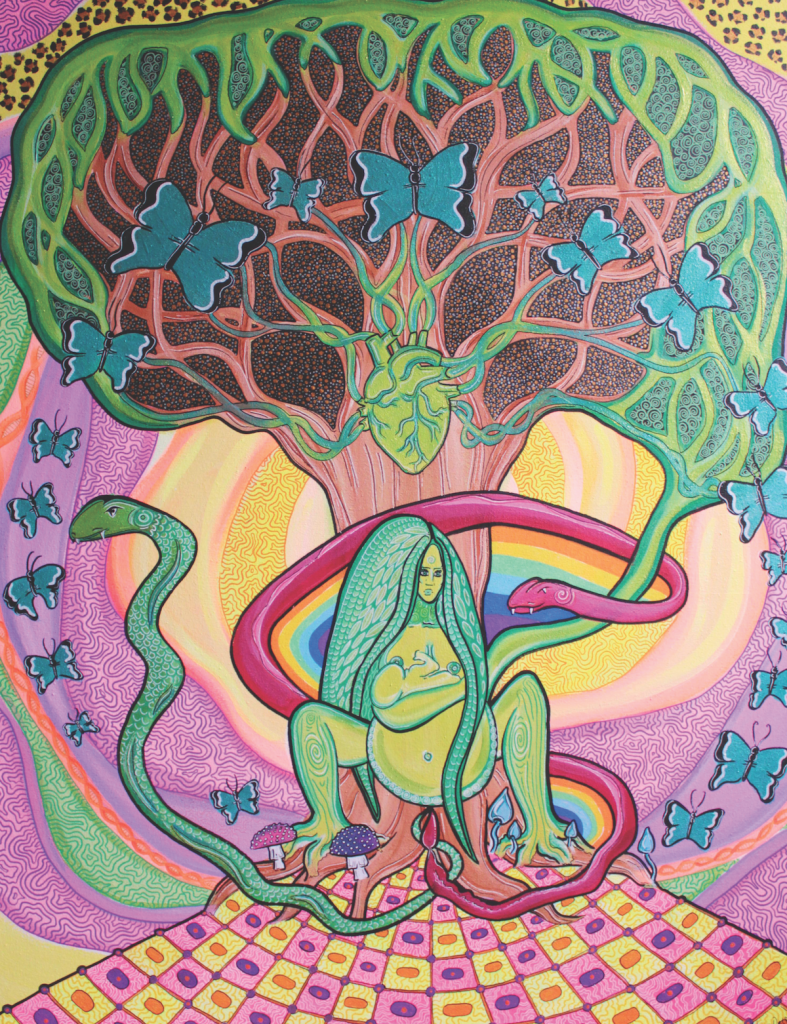
https://www.facebook.com/VisionaryArtRevolution/
Excerpt from interview with Lucy Delics:
David: How do you envision the future of Visionary art?
Lucy: I see a revolution coming, a medicine wave to clean the ills of the world. We had a glimpse of this in the 1960s, but there was no guidance then, and the drug was acid, which was still altered in some way by man. The plants that come directly from nature, and the art that they inspire, will work in the same way as the plants themselves, like medicine. Its future is to assist in the initiation of humanity into the cosmos. It’s like we’re passing through puberty, and peace is just around the corner.
***
To find out more about the co-authors of Women of Visionary Art, Rebecca Ann Hill and David Jay Brown, visit: www.rebeccaannhill.com
On Saturday evening, June 8th, at the Chapel of Sacred Mirrors (CoSM) in Wappinger, New York, join David Jay Brown, Rebecca Ann Hill, Alex Grey, & Allyson Grey for “Women of Visionary Art: Exploring Feminine Energy in Creativity & Celebrating Female Artists.” To find out more about this exciting event, click here.

